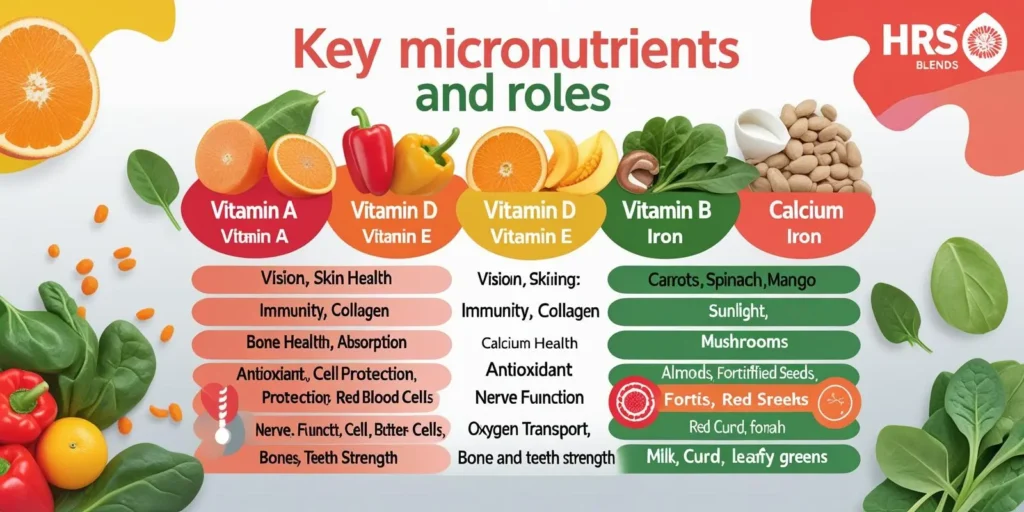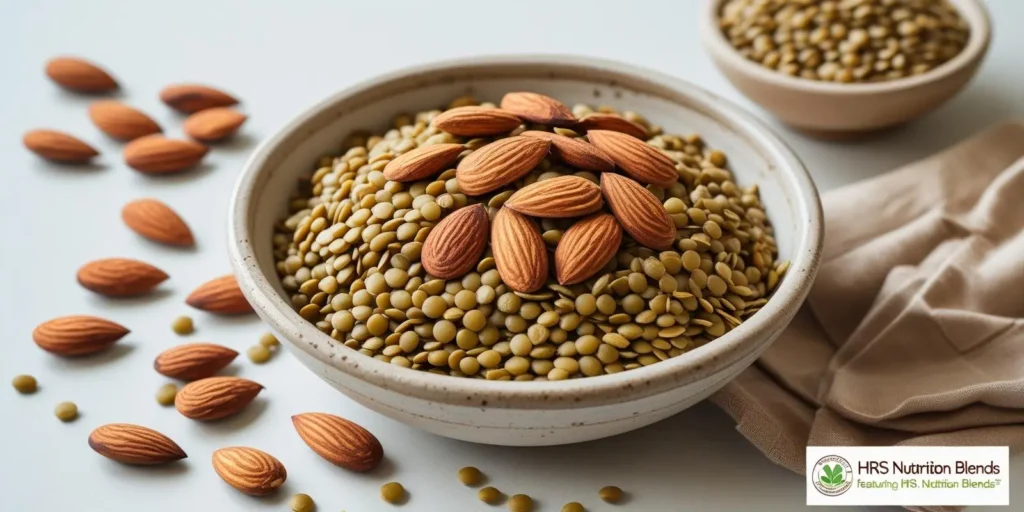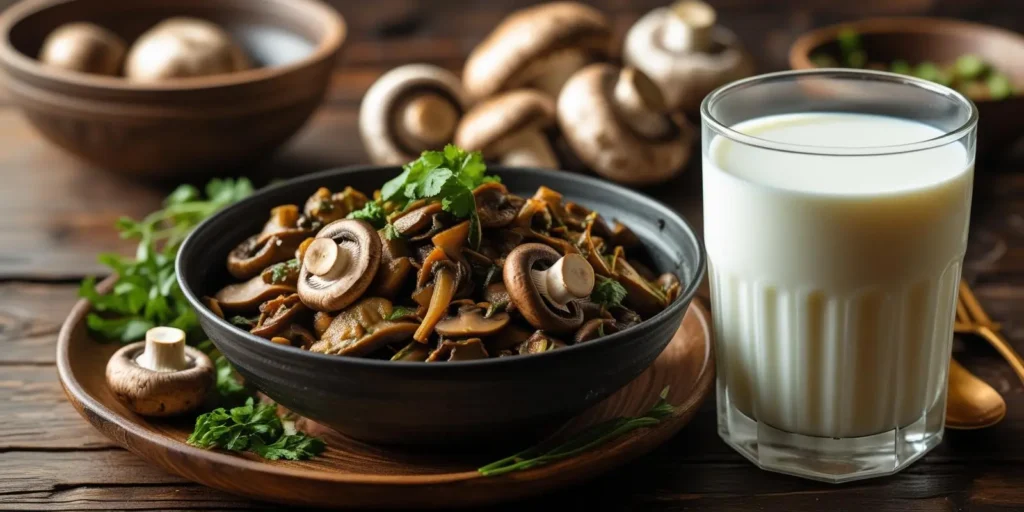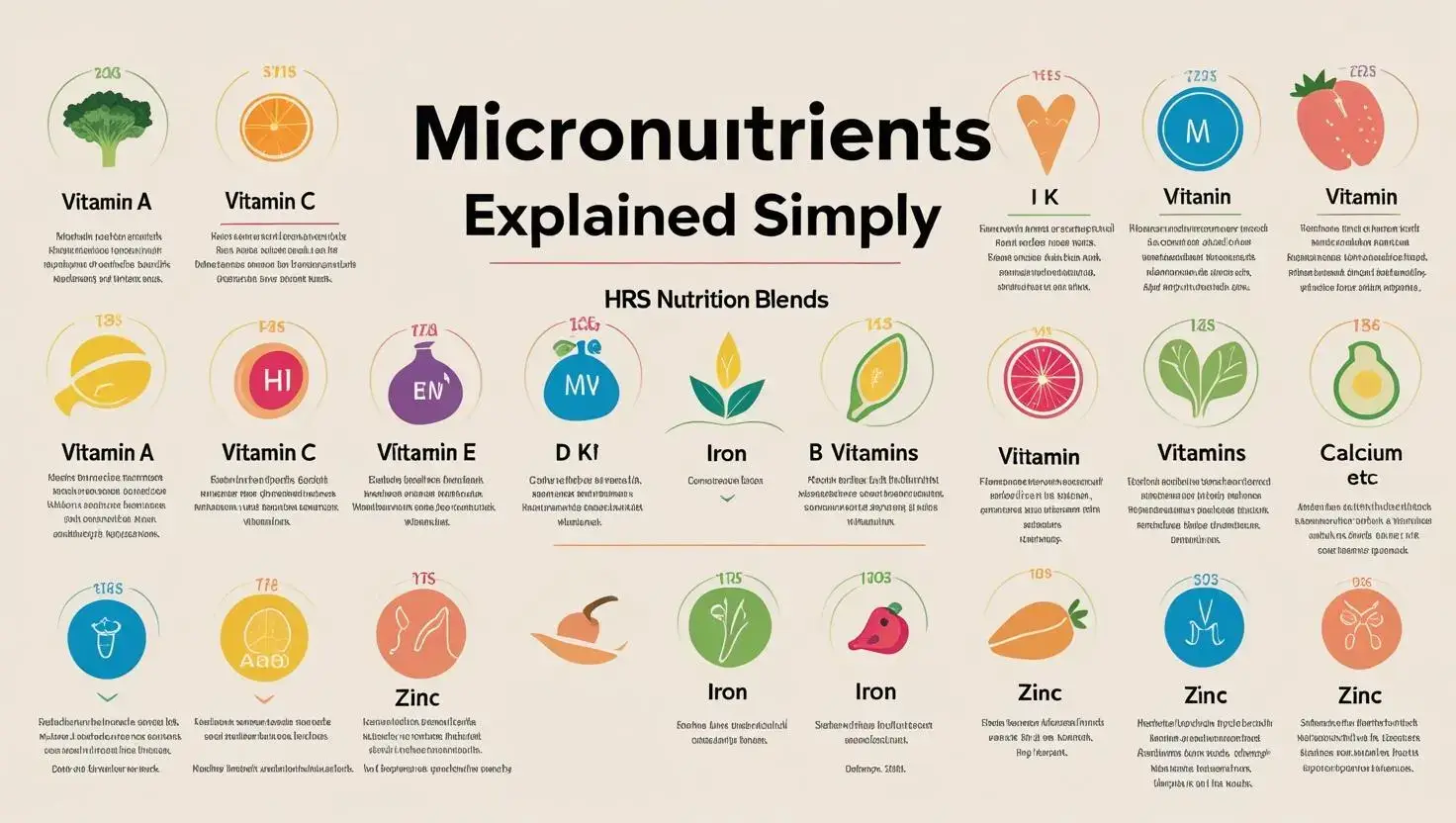Introduction
Ever wondered why you feel tired or get sick often? The answer might lie in micronutrients explained simply as the tiny nutrients your body needs in small amounts but can’t make on its own. This guide breaks down micronutrients explained in a way everyone can understand, covering vitamins and minerals that keep you healthy.
Micronutrients explained here include essentials like vitamin C and iron, vital for a healthy diet basics approach. Whether you’re new to nutrition or looking to improve wellness, this post offers clear insights into micronutrient benefits and deficiency signs. Start your journey with micronutrients explained.

For a foundation, see What Your Body Needs Every Day to Stay Healthy and Energized.
Why Micronutrients Matter
Micronutrients explained are the unsung heroes of your diet, working behind the scenes to support every cell. Unlike macronutrients, they’re needed in tiny amounts but play huge roles in micronutrient benefits like boosting immunity and energy. According to information from the World Health Organization, deficiencies in these nutrients affect billions globally, highlighting their importance.
Here’s why micronutrients explained are crucial
- Supports Immunity Vitamin C and zinc help fight infections.
- Enhances Energy B vitamins turn food into fuel for your body.
- Strengthens Bones Calcium and vitamin D keep bones strong.
- Improves Skin Health Vitamin E protects against damage.
- Prevents Deficiencies Lack of iron can cause fatigue and anemia.
This guide on micronutrients explained shows how these nutrients fit into healthy diet basics, preventing issues from deficiency signs. Download the Nutrition Checklist to track your intake easily.
Learn more about balancing your plate with How to Build a Perfectly Balanced Plate for Everyday Nutrition.
Key Micronutrients and Their Roles
Micronutrients explained include a variety of vitamins and minerals, each with specific micronutrient benefits. Below is a table of the most important ones and their functions.
| Micronutrient | Role | Common Sources |
|---|---|---|
| Vitamin A | Vision, skin health | Carrots, spinach, mango |
| Vitamin C | Immunity, collagen | Oranges, guava, bell peppers |
| Vitamin D | Bone health, calcium absorption | Sunlight, fortified milk, mushrooms |
| Vitamin E | Antioxidant, cell protection | Almonds, sunflower seeds, spinach |
| Vitamin B12 | Nerve function, red blood cells | Eggs, dairy, fortified cereals |
| Iron | Oxygen transport, energy | Lentils, spinach, red meat |
| Calcium | Bone and teeth strength | Milk, curd, leafy greens |
| Zinc | Wound healing, immunity | Pumpkin seeds, chickpeas, seafood |

Vitamin A For Eyes and Skin
Vitamin A is a key micronutrient explained for maintaining vision and healthy skin. It supports eye health and protects against infections, a major micronutrient benefit. Research from the National Institutes of Health shows it’s critical for preventing night blindness.
Eat carrots or mangoes daily to get enough vitamin A. Deficiency signs include night blindness, common in diets lacking colorful vegetables. This fits into healthy diet basics for all ages.
Vitamin C Immunity Booster
Vitamin C is a well-known micronutrient explained for its role in immunity and collagen production. It also acts as an antioxidant, offering micronutrient benefits. Studies often cite its role in reducing cold duration, as noted by health experts.
A guava or orange daily meets your needs. Deficiency signs like scurvy or frequent colds signal low intake, preventable with these foods in a healthy diet. Check the Wellness Starter Guide for more immunity tips.
Vitamin D Bone Strength
Vitamin D is a micronutrient explained for bone health, helping absorb calcium. It’s unique as sunlight also provides it, adding to micronutrient benefits. The Harvard School of Public Health emphasizes its role in preventing osteoporosis.
Get 15–20 minutes of sun or eat fortified milk. Deficiency signs include weak bones or rickets, addressed by this nutrient in healthy diet basics. Use the BMI Calculator to assess your overall health.
Vitamin E Cell Protection
Vitamin E is an antioxidant micronutrient explained, protecting cells from damage. It supports skin and heart health, a key micronutrient benefit.
Almonds or spinach daily provide enough. Deficiency signs are rare but include muscle weakness, manageable with nutrient-rich foods.
Vitamin B12 Nerve Support
Vitamin B12 is a micronutrient explained for nerve function and red blood cell production. It’s vital for energy, offering significant micronutrient benefits.
Eggs or fortified cereals work for vegetarians. Deficiency signs like tingling or fatigue need attention, covered in healthy diet basics.
Iron Oxygen Carrier
Iron is a micronutrient explained for carrying oxygen in blood, preventing anemia. It boosts energy, a critical micronutrient benefit.
Lentils or spinach daily help. Deficiency signs like pale skin or tiredness are common, addressed by this nutrient in a healthy diet. Try the Protein Requirement Tool to balance your intake.
Calcium Bone Builder
Calcium is a micronutrient explained for strong bones and teeth. It also supports muscle function, a key micronutrient benefit.
Curd or leafy greens daily suffice. Deficiency signs like brittle bones signal low intake, preventable with healthy diet basics.
Zinc Healing Aid
Zinc is a micronutrient explained for wound healing and immunity. It supports growth, offering micronutrient benefits.
Pumpkin seeds or chickpeas daily work. Deficiency signs include slow healing, manageable with these foods in a healthy diet.

How to Get Enough Micronutrients
Incorporating micronutrients explained into your diet is simple with these healthy diet basics tips. Consistency ensures you reap micronutrient benefits.
| Meal Time | Micronutrient Idea |
|---|---|
| Breakfast | Orange juice, fortified cereal |
| Mid-Morning | Almonds, carrot sticks |
| Lunch | Spinach dal, curd |
| Evening | Guava, pumpkin seeds |
| Dinner | Mushroom sabzi, milk |
Pro Tip Eat a rainbow of foods daily to cover micronutrients explained. Plan meals with How to Build a Perfectly Balanced Plate for Everyday Nutrition and download the Meal Planning Templates for convenience.
Breakfast Start
Begin with orange juice or fortified cereal. These provide vitamin C and B12, supporting micronutrient benefits for the day.
Mid-Morning Snack
Grab almonds or carrot sticks. They offer vitamin E and A, preventing deficiency signs effectively.
Lunch Power
Enjoy spinach dal with curd. This delivers iron and calcium, key micronutrients explained for energy.
Evening Boost
Eat guava or pumpkin seeds. These supply vitamin C and zinc, enhancing micronutrient benefits.
Dinner Wrap-Up
Have mushroom sabzi with milk. This adds vitamin D and calcium, supporting healthy diet basics.

Deficiency Signs to Watch For
Recognizing deficiency signs helps address issues with micronutrients explained. Early action prevents health problems.
| Deficiency | Sign | Solution |
|---|---|---|
| Vitamin A | Night blindness | Eat carrots, spinach |
| Vitamin C | Frequent colds | Add oranges, guava |
| Vitamin D | Bone pain | Get sunlight, milk |
| Iron | Fatigue, paleness | Include lentils, meat |
| Calcium | Muscle cramps | Drink curd, greens |
| Zinc | Slow healing | Eat pumpkin seeds |
Prevention Tips
- Variety Rotate food sources to cover all micronutrients explained.
- Supplements Use only if advised, as excess can harm.
- Check Symptoms Consult a doctor for persistent deficiency signs. See What Your Body Needs Every Day to Stay Healthy and Energized and explore the What Your Body Needs eBook for more details.
Micronutrient Tracker
Monitor your intake with this daily checklist for micronutrients explained.
| Daily Goal | Complete (✓) |
|---|---|
| Ate vitamin C source | |
| Included vitamin D food | |
| Had iron-rich meal | |
| Ate calcium source | |
| Included zinc food | |
| Drank 2.5–3 liters water | |
| Noted energy levels |
How to Use Check off goals daily, review weekly for micronutrient benefits. Use the Water Intake Calculator to ensure proper hydration.
Common Questions Answered
1. What are micronutrients explained simply
Micronutrients explained are vitamins and minerals needed in small amounts for health, like vitamin C in oranges.
2. How do I know if I lack micronutrients explained
Deficiency signs like fatigue or frequent colds indicate low levels, covered in this guide.
3. Can I get enough from food
Yes, a varied diet with healthy diet basics provides all micronutrients explained.
4. Are supplements necessary
Only if deficient, as excess can cause issues, per this guide on micronutrients.
5. Which foods are best for kids
Fruits like mangoes and greens like spinach offer micronutrient benefits for children.
6. How often should I check levels
Annually or if deficiency signs appear, as advised in healthy diet basics.
7. Can cooking destroy micronutrients explained
Overcooking can reduce some, so steam or eat raw when possible.
Conclusion
Micronutrients explained are essential for a healthy diet basics, offering benefits from immunity to energy. Understanding vitamins and minerals helps prevent deficiency signs and boosts wellness. Use the tracker to stay on course.
Start today with these insights and explore What Your Body Needs Every Day to Stay Healthy and Energized. Check out the Balanced Plate Visual Guide for practical tips.
Disclaimer
The information in this micronutrients explained guide is for general guidance only. It is not a substitute for medical advice. Consult a healthcare professional before major dietary changes, especially with conditions or pregnancy. The authors are not liable for adverse effects from following this advice.
Suggested Next Read
What Your Body Needs Every Day to Stay Healthy and Energized
Learn about daily nutrition essentials.
Quick Resources
- Download PDF of Micronutrients Guide
- Subscribe for Nutrition Tips
- Explore More Nutrition Guides

I’m a passionate wellness coach with over 5 years of experience helping people build healthier lives through balanced nutrition and practical lifestyle habits. I focus on science-backed guidance, including whole foods, mindful eating, and smart protein choices, to support energy, digestion, and long-term well-being. My approach is flexible, realistic, and built on the belief that prevention is better than cure because lasting health starts with daily choices.

